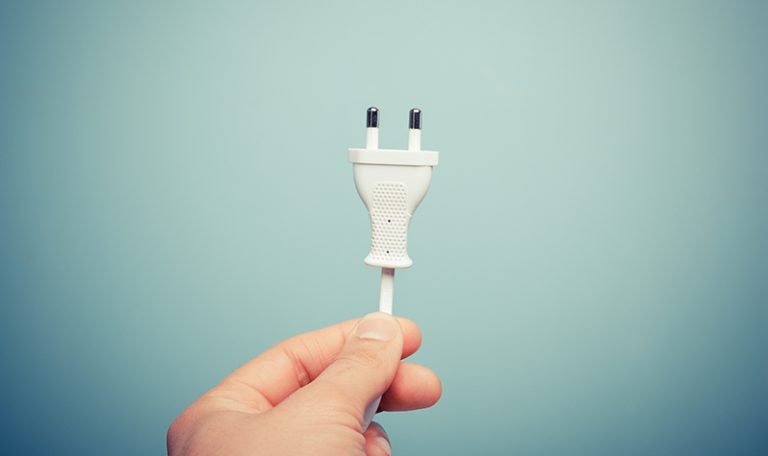In the rapidly evolving world of technology, we often encounter malfunctions in our devices. Surprisingly, one of the simplest and most effective solutions to these issues is power cycling. This technique, akin to the age-old advice of “just reset it,” remains a valid method for rectifying many tech-related problems.
Despite its apparent simplicity, the impact of power cycling on device performance cannot be overstated. By turning a device off and then back on, power cycling can resolve persistent glitches, breathe new life into aging hardware, and optimize system performance.
What is Power Cycling?
Power cycling involves the process of turning off and then back on a device, system, or equipment to reset or refresh its state. This technique is commonly used in various fields such as electronics, computing, and engineering to troubleshoot issues, clear cache memories, or perform routine maintenance tasks.
The process includes shutting down the power supply to the device or system, waiting for a brief period, and then restoring power to restart it. The duration of power interruption can vary depending on the application and the type of device or system involved.
It serves various purposes, including:
Troubleshooting: It helps identify and resolve issues caused by temporary glitches or software bugs.
Maintenance: It ensures optimal performance by clearing out dust, dirt, and updating firmware or software.
Refreshing Cache Memory: Power cycling clears out obsolete data from cache memory.
Updating Software: It assists in updating software or firmware, ensuring the device operates with the latest version.
Preparation for Transportation: It prepares devices for stable operation before they are moved or shipped.
However, it’s crucial to exercise caution and follow appropriate procedures when power cycling, as it can potentially lead to data loss or corruption in some cases. Save any unsaved work and shut down open programs before proceeding. Additionally, consult the user manual or manufacturer’s instructions for specific power cycling requirements for certain devices.
Why Does Power Cycling Work?
It leverages the concept of voltage margining, a fundamental property of electronic devices. Voltage margining refers to the difference between the voltage required to turn on a device (threshold voltage) and the voltage at which the device is designed to operate (operating voltage).
When a device is turned on, the voltage applied to it must exceed the threshold voltage for it to function correctly. However, if the voltage falls below the operating voltage, the device may malfunction.
Power cycling works by temporarily interrupting the power supply, causing the device’s voltage to drop to zero. This allows the device to reset its internal state, including temporary glitches or errors. When power is restored, the voltage rapidly increases, often surpassing the operating voltage, allowing the device to start fresh, free from previous errors or glitches.
Additionally, it takes advantage of the “self-healing” phenomenon found in modern electronic devices. These devices contain circuits designed to detect and correct errors automatically. When power cycled, these error correction mechanisms are reset, enabling the device to start anew.
From a software perspective, power cycling can also help update firmware or software, enabling the device to restart with the latest version available. This is particularly useful when a device is stuck in a loop or encounters unrecoverable errors.
Is Power Cycling Safe for Your Devices?
When it’s performed correctly and in appropriate situations, is generally safe for most devices. However, several precautions should be taken:
Shut down properly to prevent data loss or corruption. Save work and close open programs.
Follow manufacturer-specific procedures for power cycling, as different devices may have varying requirements.
Avoid over-cycling your device to prevent wear and tear on components.
Check for firmware updates before doing it to ensure the latest software version.
Older devices may have different procedures or requirements; consult the user manual or manufacturer’s support for guidance.
For devices with batteries, consider battery health and memory effect, and follow recommended practices.
Power cycling, when done appropriately, should not significantly impact device performance over time. Various factors, including user behavior, maintenance, and the quality of components, influence a device’s long-term performance.
In conclusion, power cycling remains a straightforward yet invaluable tool in the tech world. It offers a means to reset and refresh electronic devices, making it a lifesaver when used with care and according to manufacturer guidelines. It stands as a testament to the enduring utility of this technique in troubleshooting and maintenance.




































